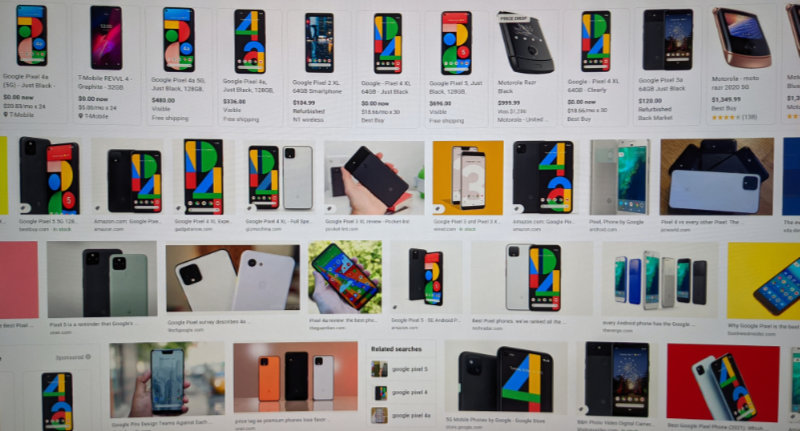A disturbing pattern is beginning to emerge in the local newspaper I read, the Savannah Morning News. They just published a second piece by a conservative Republican blaming the lack of school openings on teacher’s unions (and by association, Democrats).
The piece (also found here), written by Scott Jennings, segues like a pinball between a doctor being charged for vaccine misuse, N95 masks that were stuck in warehouses for months, and the notorious January 6 “Shaman” rioter getting organic food in prison.
Then, after softening up the reader with this confusing melange of unrelated incidents, he focuses like a laser on his real complaint: the seeming confusion at the CDC related to school openings and COVID, and how all of it must be due to teacher union interference with President Biden.
In Washington, President Biden sits in the White House after promising to “listen to the science” in beating the coronavirus. He would never interfere with scientists, he said, over and over and over.
And yet, less than a month into his term, that’s exactly what his White House is doing. His Centers for Disease Control and Prevention director, Dr. Rochelle Walensky, said on Feb. 5 that “There is increasing data to suggest that schools can safely reopen and that … vaccination of teachers is not a prerequisite for safe reopening of schools.”
Bold move, Rochelle. You just got between Democrats and the teachers’ unions. Immediately, Biden’s spokesperson issued a statement saying Walensky was “speaking in her personal capacity,” a nonsensical smackdown of a top government scientist.
The Biden administration has taken the gags off the people of the CDC and encouraged them to speak to the media. That they’re not always in sync with each other, much less the administration, is a natural consequence of them being able to speak at all. They weren’t allowed to when Trump was President.
When you allow all the people to speak, sometimes they won’t agree. Sometimes it can even cause some confusion. Something Jennings seems to have forgotten.
The problem with Jennings writing is that it is a hack piece, notable only for its leaps of logic when it somehow manages to make teacher’s unions the end-all be-all evil villain in his fictional scenario. And he managed to do so in such a way that the reader sees the union as somehow separate from the teachers, because teachers are good…unions are bad. Yet you can’t talk about school openings without talking about teachers, and their very real concerns.
School openings are a complex and frequently emotional topic. That teachers are worried about being impacted by COVID should be understandable, even to the most self-centered parent.
Teachers have died from COVID. They’ve died in Georgia. The whole premise about opening schools is whether the school can implement necessary safeguards, and we know many schools can’t.
In particular, public schools are frequently more crowded than private schools, which are held up as some sort of ‘model’ for how it’s done. It is going to be tougher to ensure safety when the school barely has the money to buy books, much less safety gear. Our starved public schools can only do so much.
The writer of this piece somehow thinks it was teacher’s unions who changed President Biden’s opinion, and hence created the confusion in the CDC.
No, the confusion is coming about because there literally is not enough data to form a conclusion about whether it is safe to open schools or not. So the experts are taking what they do know—infection rates, mask wearing, spacing, and hygiene—and trying to morph this into a cohesive school opening policy, which they know too many states and communities will ignore.
In the end of his writing, Jennings finally brings all his disparate pieces together.
What is our nation’s future if we continue down this unserious path? Punishing doctors. Locking up medical equipment. Treating the “QAnon Shaman” better than we treat our children. Regressing into political adolescents. Putting union bosses ahead of scientists.
What is our nation’s future if we continue to discount a teacher’s worth and a teacher’s life?
In a lose/lose situation, the CDC is doing the best it can. So are the teacher’s unions. And so is President Biden.


